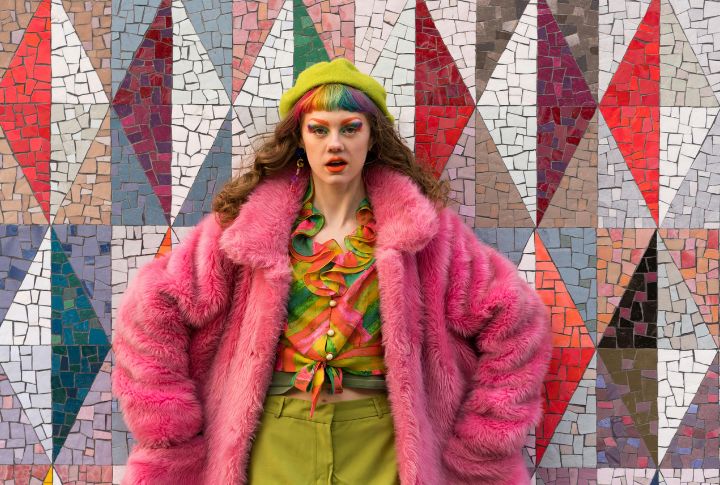
They say clothes don’t make the person—but they sure do reveal them. For some, fashion isn’t about expression; it’s a silent performance for admiration. Every thread, logo, and sparkle tells a story of control, ego, and image. Curious how wardrobes expose deeper motives? Let’s unzip the psychology behind the outfit.
Frequent Use Of Designer Logos In Highly Visible Placements

You notice some people always show off their expensive clothing tags. They use big, noticeable logos on belts or purses as a way to send a clear message about their money and importance. The item’s brand is what matters most. In truth, wearing these fancy labels helps them feel superior and gain attention in any social setting.
Wearing Impractical Or Inappropriate Clothing For The Setting

Every gathering has that one person who turns “casual dinner” into “runway debut.” This deliberate choice to stand out also guarantees all eyes land on them. For the narcissist, the clothes exist solely to grab the spotlight, no matter the setting.
Excessive Coordination Of Outfit Colors And Accessories
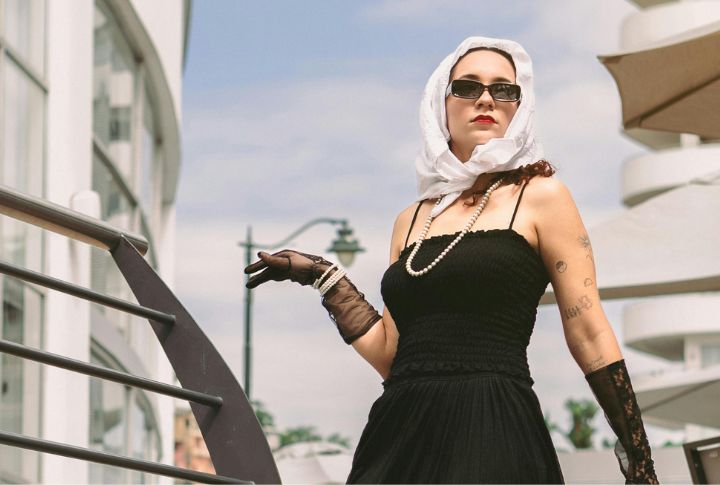
Look at outfits where everything—jewelry, shoes, scarf—matches up perfectly, down to the tiniest shade. The intense focus on a flawless look takes a lot of time and planning. A deep need to control their image is related to earning constant praise. It’s about keeping up a perfect, well-put-together front.
Preference For Flashy Or Metallic Fabrics In Everyday Wear
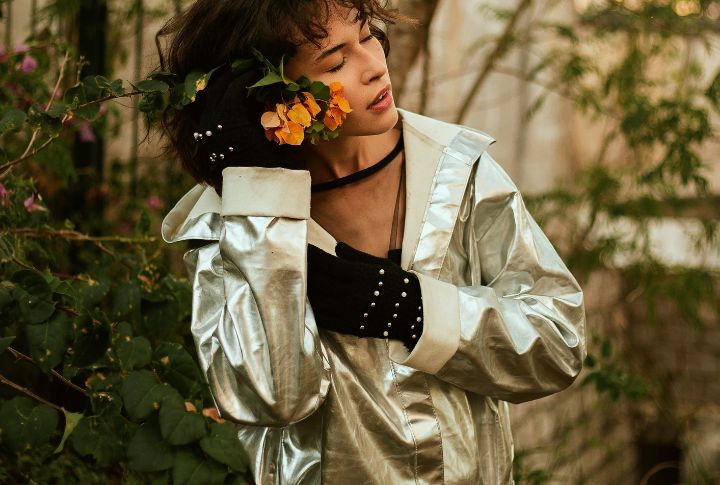
Clothes made with bright, shiny, or metallic fabrics rarely disappear in a crowd. Choosing these materials turns ordinary tasks into a spectacle. These choices reflect a need to always be noticed. Staying visually loud even ensures superiority and attracts attention from everyone around.
Frequent Outfit Changes Within A Single Day
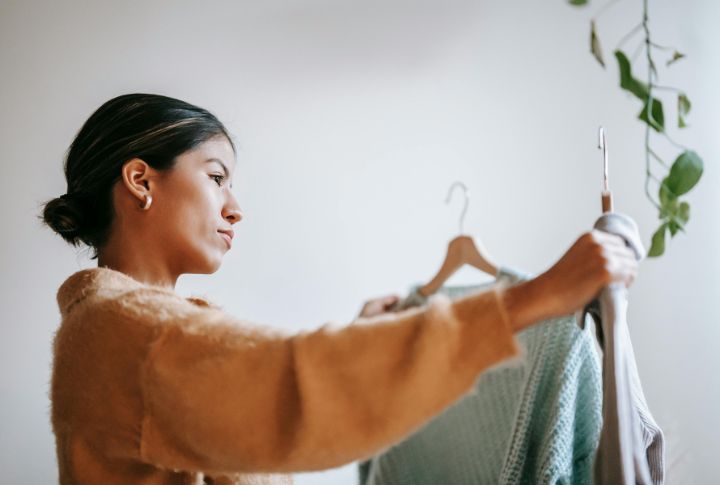
Most people are happy with one good outfit for the day. Watch for those who change clothes several times, especially after a group setting ends. This habit suggests a fear that their visual impact has worn off. Swapping clothes often is how they renew the attention cycle and stay at the center of talk.
Visible Discomfort When Wearing Casual Or Unbranded Clothing
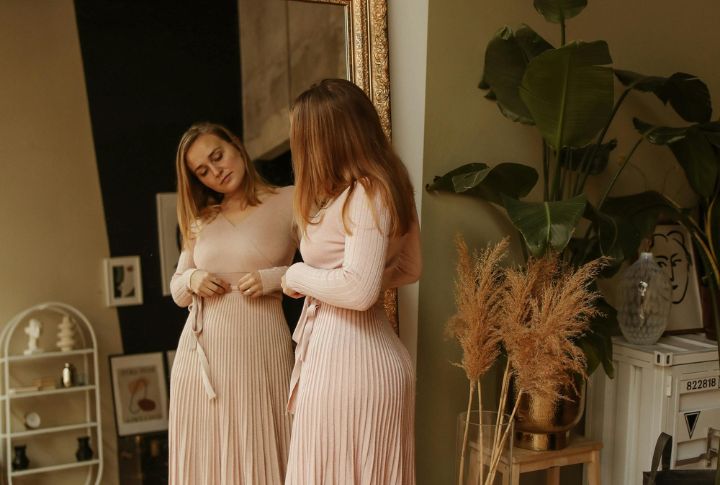
See how such people react when someone is wearing simple, plain clothes without logos. They might seem uneasy or bothered. Designer items function like a shield for their confidence and help in hiding inner self-doubt. Without high-status symbols, a sense of exposure takes hold. Anxiety reveals the extent of reliance on luxury brands for self-esteem.
Lack Of Attachment To Favorite Or Sentimental Garments
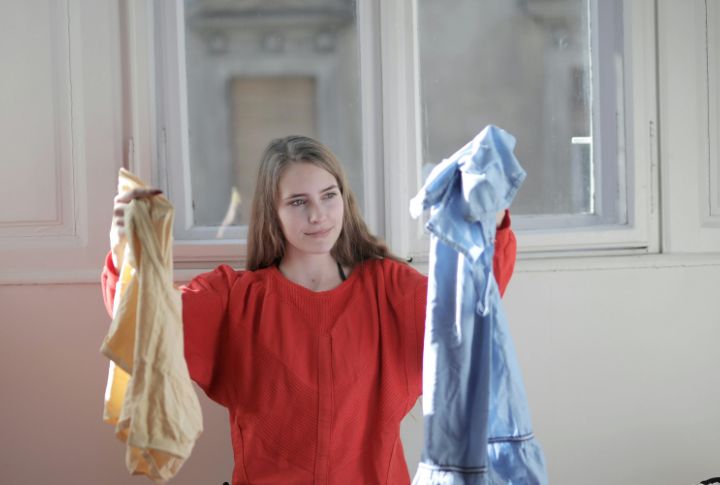
Most people keep a few old favorites or items with good memories. These individuals, however, see their clothes as items of use, not sentiment. Once a piece stops earning them compliments or becomes slightly old news, they drop it. This shows clothes are just replaceable tools for gaining attention, not items with lasting personal meaning.
Use Of Clothing To Mimic Celebrity Or Influencer Looks

Copying famous styles starts with wanting to fit in and feel cool. Later, it becomes about picking only the most extreme or showy parts of that look. The goal quickly changes into using those bold visuals to project their own status and demand high-level recognition immediately.
Prioritizing Trend Adoption Over Personal Comfort Or Functionality

They will wear what is trending right now, even if the clothes are stiff, tight, or uncomfortable. Such a deep need to appear stylish and up-to-date beats out any personal ease. This attention to trend is simply a tool to get social approval and confirm their high standing, comfort aside.
Grooming That Prioritizes Visual Impact Over Hygiene Or Health
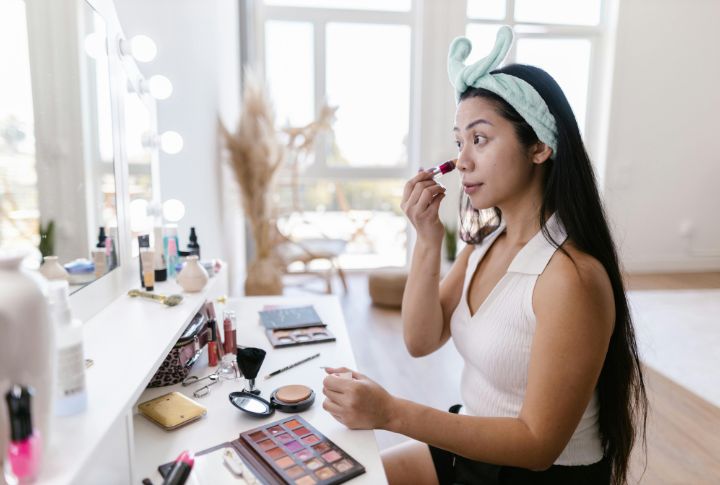
When someone spends extreme amounts of effort to look completely perfect, they are prioritizing the surface image. These detailed routines show a complete concern for how they look to others. It’s wild how people will skip meals or sleep just to make sure they look good on camera.

